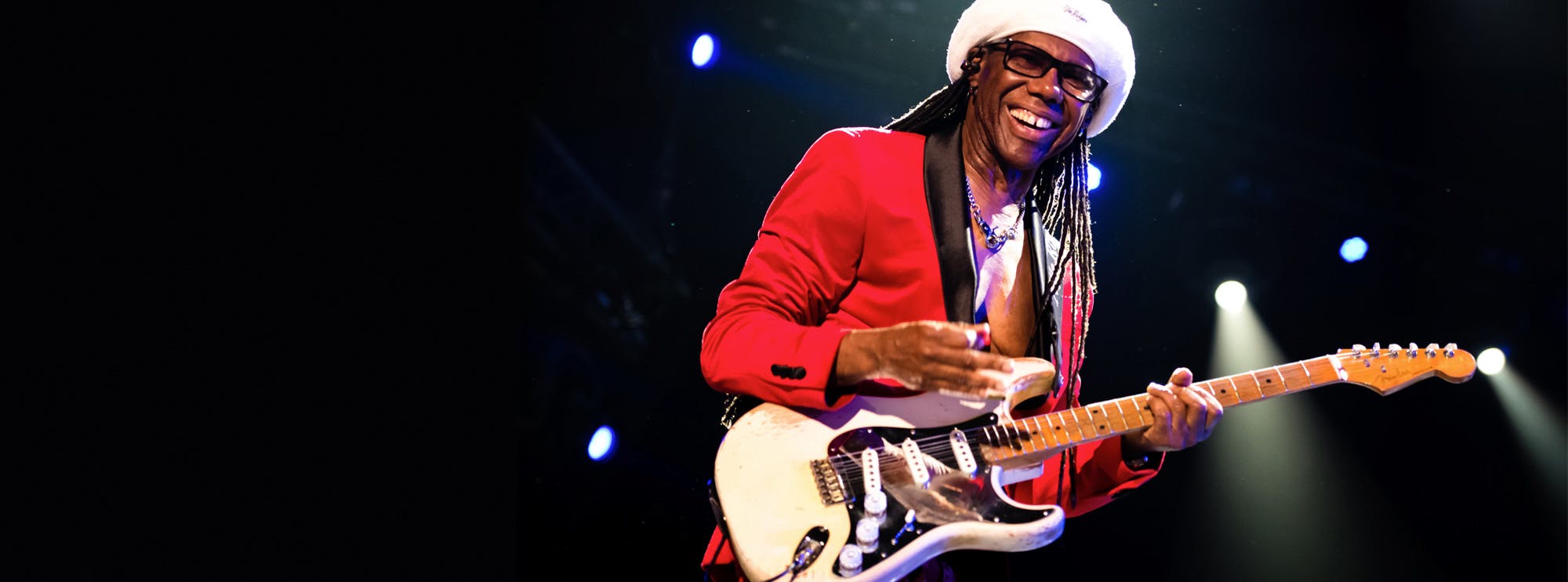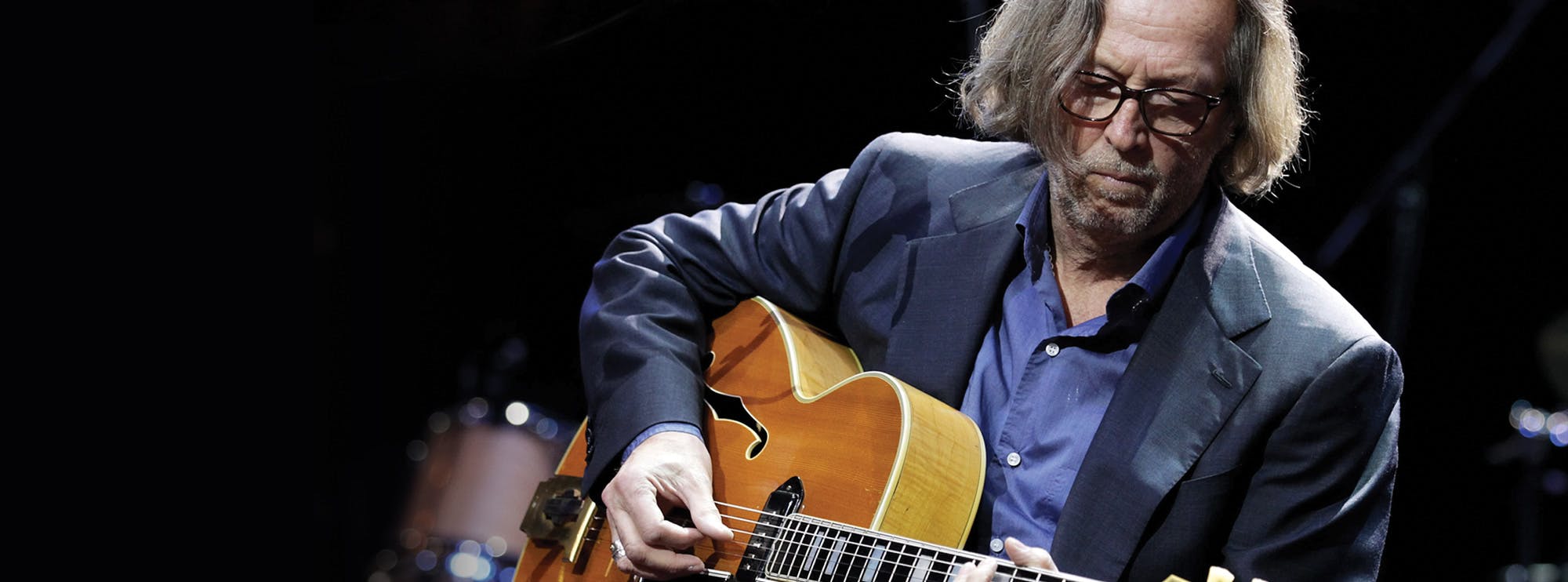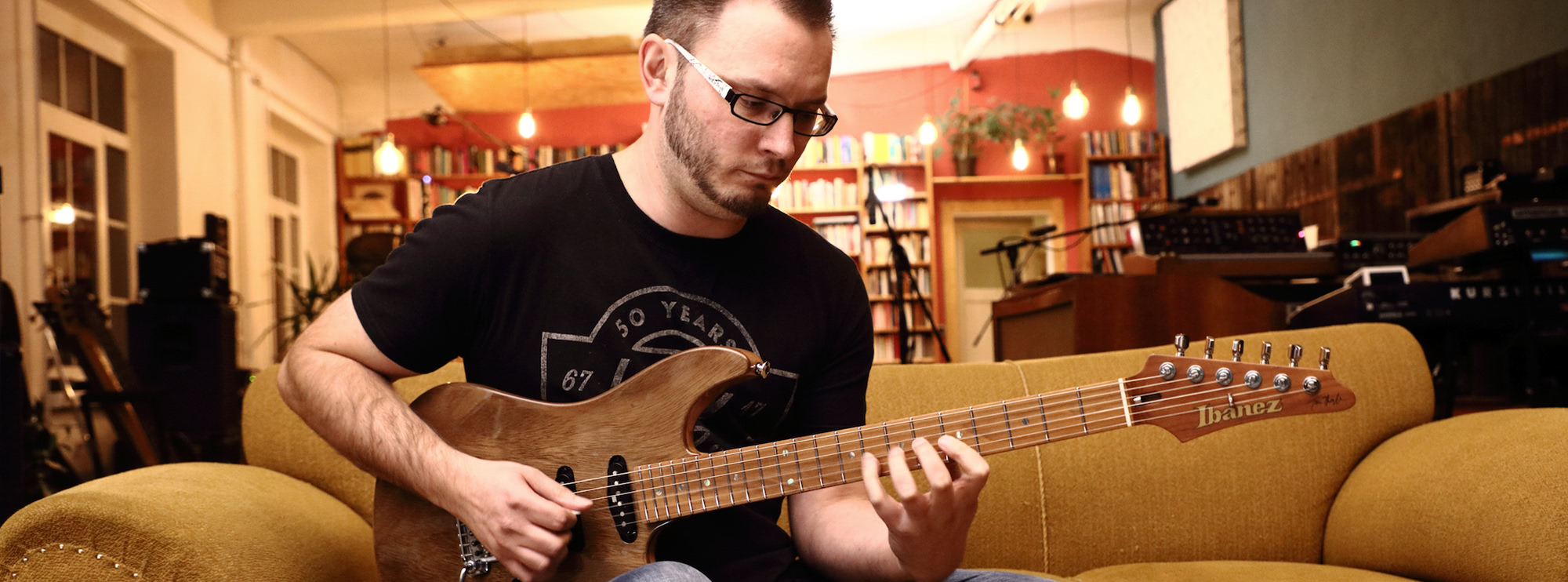Carlos Santana has a very distinct and instantly recognisable guitar style. His style has its feet firmly planted in Blues, but often mixes more interesting note choices showing his Jazz influence. Although I’m not too sure if Santana purposely employs these techniques, he often mixes the pentatonic and blues scale with notes from the Dorian mode, as well as blending natural minor ideas with the harmonic minor. He often employs pentatonic substitution, playing a pentatonic a fifth above the chord he is performing over. If playing over an E minor chord he would mix both E minor pentatonic with B minor pentatonic. His style is quite conversational, with his licks and lines playing over the beat, and not very regimented. Other techniques he employs include chromatics, unison bend and octaves. For our Carlos Santana style guitar lesson Tech Session I've chosen to focus in on Santana’s latin instrumental guitar style, namely calling on “Samba Pa Ti” and “Europa” for guitar phrasing ideas, techniques, Santana trademark guitar licks and general inspiration. I have tried to include a few classic licks to learn, but this guitar lesson really focuses in on how he constructs his guitar melodies, as well as looking at note choice.
Bars 1-5:
Kick off out piece by introducing a melodic motif that appears in various forms throughout the first section of the track. The melody is based around the diatonic modes of D major, implying A Mixolydian over the G/A and A9 chords, D Ionian over the D major7th, and G Lydian over the G major7th. I have used a similar melodic approach over each chord, but notice how the rhythms change to add variations. I would also pay attention to the way I performed it in the video, as sometime the melody is slightly held back, which emulates Santana’s phrasing and feel.
Bars 6-9:
Include a key change, shifting to G major, with the Cmajor7th chord functioning as chord IV of the key. We then treat the Cmajor7th as a pivotal chord, as it also can be found in E Harmonic minor, functioning as chord VI. Our next chord is a B Altered chord, functioning as a variation on chord V of E Harmonic minor; although our melody concludes with a very bluesy sounding phrase based around E minor pentatonic with an added 2nd, the note of F#. Bar 9 concludes with a rhythmic variation on our opening phrase from the start of the piece. Notice how the broken triplet rhythm adds a stuttering effect to the melodies rhythm.
Bars 10-13:
Continue with the 2nd half of our verse progression, which is the same as the previous half of the verse. During this section the melody is embellished with trills, and sees the melody climb to include some higher register blues licks based around B minor pentatonic.
Bars 14-17:
Conclude our verse, with some signature high register string bends, and stuttering pull off figures that resolve with pentatonic phrases based around E minor pentatonic.
Bars 18-23:
Outlines the bridge section of the track, and introduce a new melodic hook, performed over the chords of C# minor, F# Altered and B minor. Although the key centre is B minor, the key shifts between B natural minor and B harmonic minor; the harmonic minor scale is used to highlight the F# Altered chord. This section also concludes some classic searing bend figures heard in many of Carlos’ solos. This section concludes with a signature B minor pentatonic lick that leads us into the solo section, which features a strong Latin vibe.
Bars 24-30:
Kick off our solo section with a new melodic figure that outlines the accompanying chords of B minor, E minor and G/A. This opening section is based around the B Aeolian mode, mode six of the D major scale. This section features a question and answer melody section, with slight variations to the theme, based around B Aeolian.
Bars 31-36:
Feature more lick based and improvised ideas that include the B minor pentatonic scale that features some chromatic embellishments. Bar 34 includes a Bmadd9 arpeggio that leads us to the tracks climax featuring fast chromatic alternate picking.
The Sound
A big part of Santana’s appeal comes from his beautifully expensive guitar tone, which features searing sustained feedback, to mellow 'backed off' vocal-like tones. His picking hand also plays a big part in his sound, sometimes opting for just his picking hand fingers, or using all up picks, creating a very cut -off attack to the note.
Gear wise Santana favours his signature PRS, with Boogie Mark I, and Dumble amps. For this period that I have looked at he would have been using his exquisite Yamaha SG 2000 guitar (see our main Santana feature elsewhere in this issue for more on this guitar - Ed). For the session I used a PRS Santana SE signature model, plugged into an MXR Shin-juku drive. This was plugged into a Mesa Boogie Mark I Kingsnake Santana signature amp. I aimed for a mild overdrive, with slightly more mid range to aid those sustaining notes. I also selected the neck and bridge pickups together and rolled off the tone to achieve a vowel like sound.
About The Tutor
Tutor Profile
Jamie Humphries
Jamie is one of the mainstays of LickLibrary, having a stream of hugely successful best selling DVDs, Jamie is best known as Brian May's sideman who he's played shows with all over the world. Aside from this Jamie is a hugely popular clinician working all over the world with Ernie...



